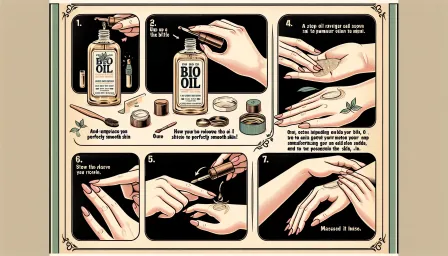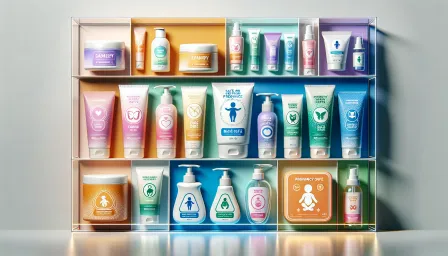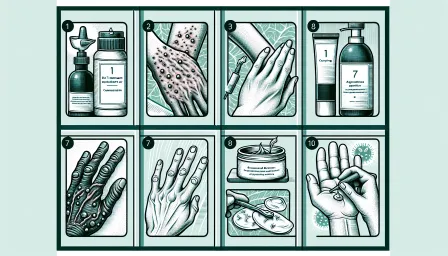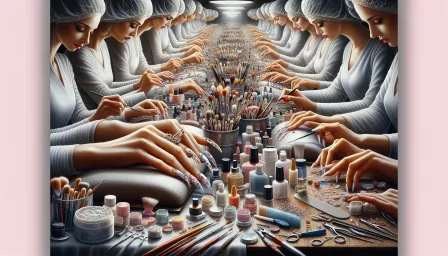Are Pore Strips Bad for Your Skin? Discover the Truth!
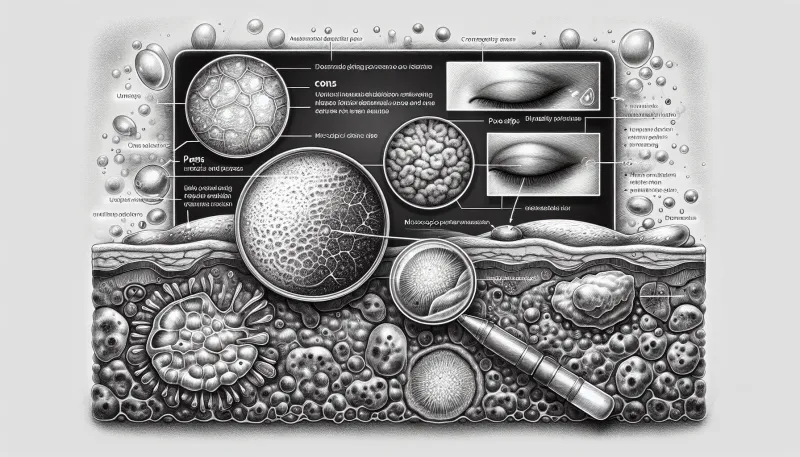
Are pore strips bad for your skin? Read our detailed article to discover the truth about pore strips, including their benefits, risks, and best practices for safe use.
Pore strips have become a popular skincare solution, promising to remove blackheads and unclog pores effectively. However, you might be wondering, are pore strips bad for your skin? In this article, we delve into the workings of pore strips, their benefits, potential risks, and the best practices for safe use to help you make an informed decision.
What Are Pore Strips and How Do They Work?
Pore strips are adhesive strips designed to be applied to areas with blackheads, such as the nose, chin, and forehead. Once applied, the strip adheres to the skin and, upon removal, pulls out debris, oil, and dead skin cells that clog pores. The main ingredients typically include a combination of adhesives and botanicals.
The Appeal of Pore Strips
The visual satisfaction of seeing removed blackheads on the strips, coupled with the instant gratification of smooth skin, makes pore strips particularly attractive. They promise quick results without the commitment of a more extended skincare regimen.
Are Pore Strips Bad for Your Skin?
The effectiveness of pore strips in providing immediate results is undeniable. Nevertheless, experts suggest that their frequent use or misuse could result in skin damage. Here are some aspects to consider:
1. Temporary Solution
Pore strips offer only a short-term solution. They remove surface-level debris but do not address the underlying issue causing blackheads. For long-term relief, a comprehensive skincare routine including exfoliation and proper hydration is essential.
2. Potential Skin Irritation
The adhesive nature of pore strips can irritate sensitive skin. Removing a strip harshly can damage the skin barrier, leading to redness, irritation, or even wounds. Individuals with sensitive skin or conditions like rosacea should avoid pore strips or use them sparingly.
3. Enlargement of Pores
Contrary to their purpose, improper use of pore strips can stretch and enlarge pores. Enlarged pores can accumulate more debris, complicating skincare efforts and potentially worsening the condition they aim to resolve.
4. Risk of Breakouts
Pore strips remove not only blackheads but also healthy oils necessary for skin protection. This can disrupt the skin's natural balance, leading to overproduction of oil and subsequent breakouts.
5. Damage to Delicate Areas
Using pore strips near delicate skin areas like around the eyes can cause significant damage. Always follow the manufacturer's instructions regarding the appropriate areas for application.
Best Practices for Safe Use of Pore Strips
If you decide to use pore strips as part of your skincare routine, follow these guidelines for safer application:
Prepping Your Skin
Before applying a pore strip, cleanse your face thoroughly to remove makeup and oils. Steaming your face can help open pores, making the strip more effective. Avoid exfoliating just before using a pore strip as this can increase skin sensitivity.
Follow Instructions Carefully
Adhere strictly to the instructions provided with the product. Overextending the usage time or forcefully removing the strip may cause skin damage. Use the strips no more than once a week to avoid excessive irritation.
Post-Strip Care
After removing the strip, rinse your face with cold water to close the pores. Apply a soothing toner and moisturizer to restore hydration. Avoid immediately using active ingredients like retinoids or acids that can compound irritation.
Alternative Methods to Manage Blackheads
Beyond pore strips, various effective methods exist to manage and prevent blackheads:
Regular Exfoliation
Incorporate gentle exfoliation into your skincare routine to keep pores clear. Products containing salicylic acid or glycolic acid are particularly effective in preventing blackhead formation.
Use of Retinoids
Topical retinoids help in cell turnover and unclogging pores. They are strong and effective solutions for persistent blackheads but should be used under professional guidance to prevent adverse reactions.
Proper Cleansing
Adopt a consistent cleansing routine to remove makeup, oil, and impurities. Using a cleanser tailored to your skin type will help maintain a balanced skin environment.
Professional Treatments
Consider seeking professional treatments such as chemical peels or facials from dermatologists or licensed estheticians. These treatments offer deeper cleansing and longer-lasting results without damaging the skin.
Conclusion
So, are pore strips bad for your skin? They are not inherently damaging if used correctly and sparingly. However, they should not be considered a standalone solution. Incorporating pore strips into a well-rounded skincare routine and understanding their limitations can help achieve clear skin without compromising skin health.
Remember, the key to effective skincare lies in consistency and understanding your skin's unique needs. Consult a dermatologist for personalized advice and explore various methods to find the most suitable approach for your skin type.










